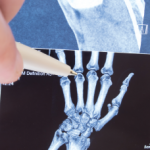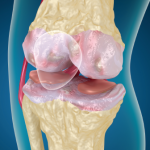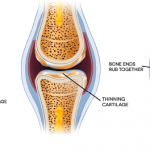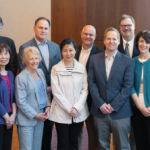Traditional X-rays, move over—there may be a new gold standard for joint imaging to assess even the smallest changes that can signal the onset of arthritis, as reported recently in the journal Scientific Reports.1 Utilizing the combined expertise of radiologists, rheumatologists and engineers, University of Cambridge researchers developed an algorithm to monitor the joints of…







